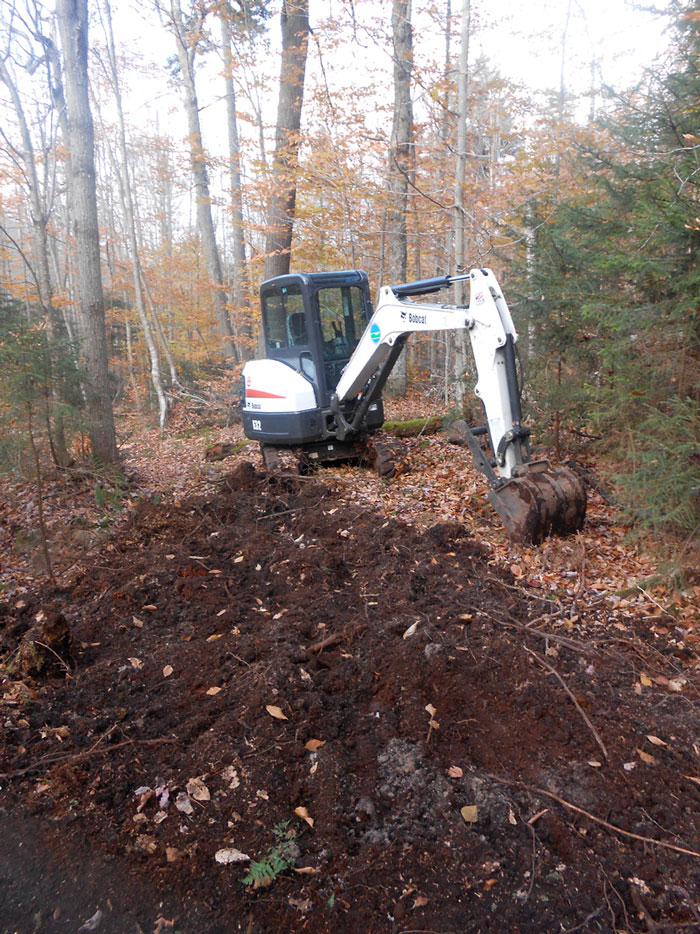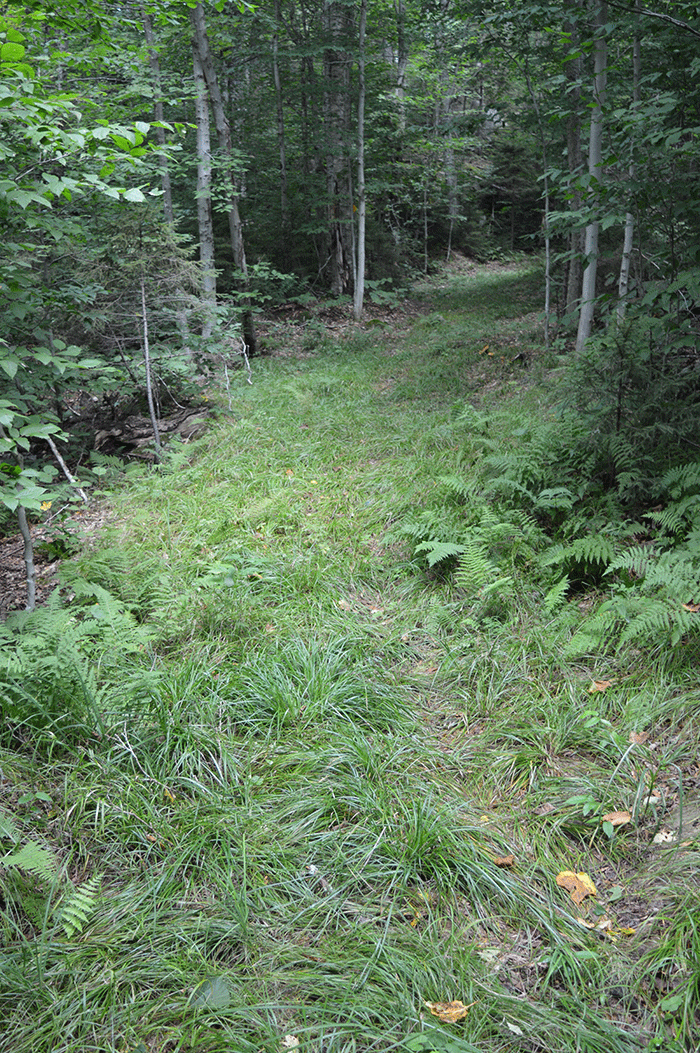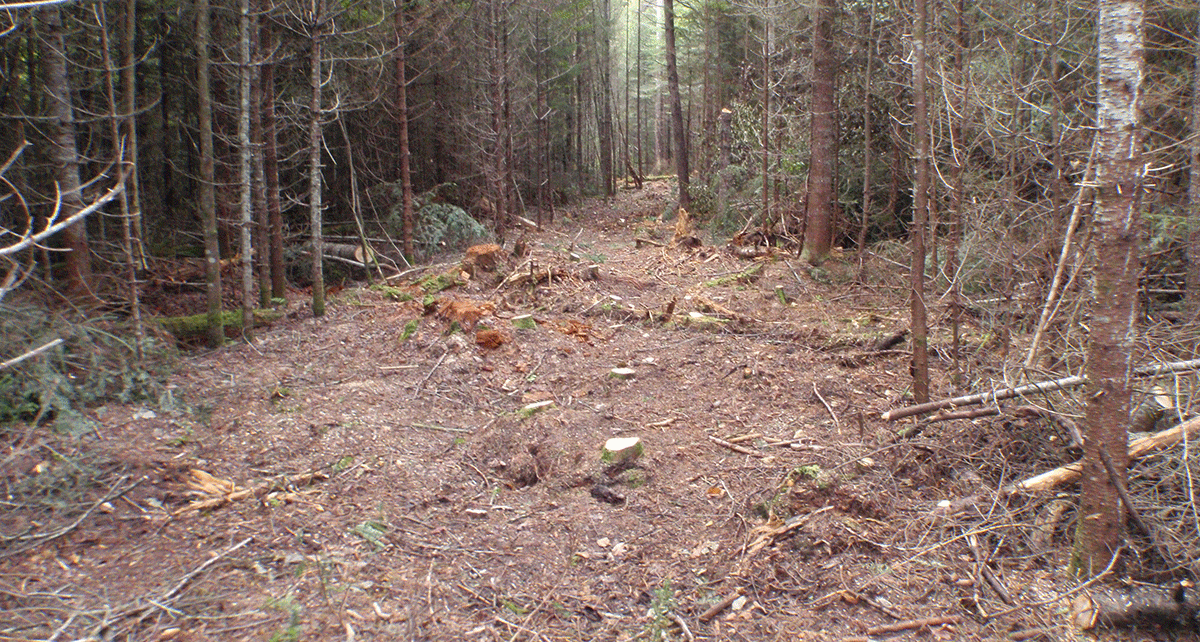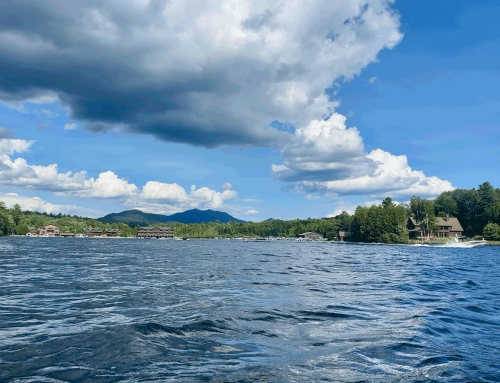Briefs Have Been Submitted to the Court of Appeals
Updated March 1, 2021
The formal filings by both sides are complete in the lawsuit by Protect the Adirondacks against the New York State Department of Environmental Conservation and Adirondack Park Agency that is now being heard by the New York Court of Appeals, the state’s highest court. Protect the Adirondacks is currently defending a victory at the Appellate Division, Third Department, against an appeal by the state. Each side will get to reply the the other’s briefs in the months ahead. Oral arguments at the Court of Appeals have been set for March 23rd. It is likely that there will be a decision in 2021.
Click here to read the State’s Brief.
Click here to read the State’s Reply Brief.
Click here to read Protect the Adirondacks’ Brief.
Click here to read Protect the Adirondacks’ Reply Brief.
This lawsuit alleges violations of Article 14 of the New York Constitution, the famed “forever wild” provision, over tree cutting and construction by the state of a network of road-like class II community connector snowmobile trails on the Forest Preserve in the Adirondack Park. Article 14 reads: “The lands of the state, now owned or hereafter acquired, constituting the forest preserve as now fixed by law, shall be forever kept as wild forest lands. They shall not be leased, sold or exchanged, or be taken by any corporation, public or private, nor shall the timber thereon be sold, removed or destroyed.”
Part of PROTECT’s brief states:
In Association for the Protection of the Adirondacks v. MacDonald, 253 N.Y. 234 (1930) this Court articulated multiple criteria that State actions affecting the Forest Preserve must meet to pass constitutional muster. Point III, infra. The Appellate Division, applying one of the two such standards that is at issue herein, properly found that the amount of tree cutting for the Class II Community Connector snowmobile trails (“Class II trails”) was unconstitutional because it destroyed a “substantial” amount of timber, to a “material degree”. R. 5018. In so doing, it accepted the factual findings of the trial court that the Plaintiff’s 3 expert witness’s counts of the number of trees cut, or approved to be cut, were credible (R. xiv), and determined that approximately 25,000 trees would be destroyed by the construction of the trails at issue. Point I, infra.
The Appellate Division also agreed with the factual findings of the trial court (R. xiii), supported by the testimony of Plaintiff’s expert historian, that the framers of Article 14 intended for the word “timber” in Article 14 to refer to trees of all sizes. R. 5017. Point II, infra. When it included trees under 3″ DBH in its analysis, the court also relied on the testimony of scientists as to the ecological values of smaller trees.
Lawsuit Started in 2013
PROTECT launched this lawsuit in 2013 with two primary allegations. First, we argued that the level of tree cutting of around 1,000 trees per mile violated the protection accorded to trees on the Forest Preserve by Article 14. Second, we argued that the construction of class II trails, which requires extensive grading, flattening, excessive widths, removal of rocks and roots, and substantial benchcutting on side slopes, among other intrusive construction practices, violated Article 14’s mandate that the Forest Preserve “shall be forever kept as wild forest lands.”
Injunctions in 2016, Trial in 2017, and Victory at the Appellate Division, Third Department, in 2019
PROTECT went to trial in State Supreme Court in Albany early in 2017, after obtaining injunctions in 2016 against tree cutting and construction of class II trails. (Click here for a recap of the trial.) In December of 2017, the Supreme Court judge ruled against PROTECT on both issues. In 2018, PROTECT began the appeal process to the Appellate Division, Third Department in Albany. In July 2019, the Appellate Division overruled the Supreme Court judge on one issue, finding that the level of tree cutting undertaken to build the first 34 miles of class II trails violated Article 14. However, the Appellate Division upheld the Supreme Court judge’s ruling that the manner of construction of the trails complied with Article 14.

Class II community connector snowmobile trails are designed and constructed in ways far different than any other type of trail on the Forest Preserve. Long stretches of these trails are graded and flattened with excavators.
The Appellate Division decision focused on two central points that were contested during the 2017 trial: 1) that the level of tree cutting by the state to build class II trails exceeded the level of tree cutting proposed in other state actions that were contested in court in prior decisions (MacDonald, Balsam Lake) regarding Article XIV, Section 1. 2) That the framers of the state constitution’s “forever wild” clause did not limit protections against substantial tree cutting to only large, merchantable “timber;” that the use of the word “timber” in its historic context included all trees regardless of size; that small trees, which can often be over 75 years old or older, are ecologically important to the functioning of the forest ecosystem and must be considered in state management decisions.
The court stated:
We agree with Supreme Court’s determination, based on the expert historian’s testimony as well as other evidence, that the use of the word “timber” in the constitutional provision at issue is not limited to marketable logs or wood products, but refers to all trees, regardless of size. Although tree size and maturity may be considered in determining whether a proposed project’s tree cutting is substantial or material, plaintiff presented expert testimony debunking the assumption that smaller trees are necessarily young or immature; some forest trees measuring less than three inches DBH can be more than 100 years old, and smaller mature trees play an important role in the continuing ecology of the forest. The court generally accepted the tree counts proffered by plaintiff, including for trees less than three inches DBH. Accepting those factual findings, approximately 25,000 trees either had been or would be cut to construct the trails.
The court concluded:
Although this project did not involve clear-cutting or the removal of a large swath of trees (compare Association for Protection of Adirondacks v MacDonald, 253 NY at 236), but instead necessitated destruction of narrow corridors of trees for many miles, we need to consider the entire project when determining its effects. The destruction of a substantial number of trees can be problematic whether those trees were together or spread out along one or more portions of the Forest Preserve. For example, the construction of these trails required the destruction, on average per mile, of over 200 trees at least three inches DBH and approximately 925 trees of all sizes. It would be anomalous to conclude that destroying 925 trees per mile of trails, or approximately 25,000 trees in total, does not constitute the destruction of timber “to a substantial extent” or “to any material degree” (id. at 238; see 1954 Ops Atty Gen 157 [concluding that the constitutional provision prohibits relocating a portion of existing highway in the Forest Preserve that would involve the cutting of approximately 5,000 trees]). Thus, the construction of the Class II trails resulted in, or would result in, an unconstitutional destruction of timber in the Forest Preserve.
The constitution does not provide protections to some trees but not to others. It provides protections to all trees. State agencies have been allowed to undertake any number of management activities on the Forest Preserve in order to maintain and protect it and provide for public recreational activities, provided that the destruction of timber does not occur “to a substantial extent” or “to a material degree.” The court found that cutting of 25,000 trees to build a network of class II trails violates longstanding policy and is unconstitutional.

Community connector class II snowmobile trail become grassy corridors through the forest, which completely change the forest character and ecology.
The Cuomo Administration has made the expansion of motor vehicle use of the Forest Preserve one of its biggest priorities in the Adirondack Park. The Appellate Division decision put the brakes on the Governor and state agencies. There are a wide variety of public recreational activities that can be facilitated on the Forest Preserve, but must be managed in a way that complies with the State Constitution and the forever wild protections.
This lawsuit has been a massive effort by PROTECT and its pro bono attorneys, John Caffry and Claudia Braymer. The decision by the Court of Appeals will govern state management on the Forest Preserve for decades to come.






